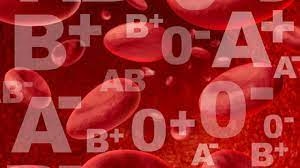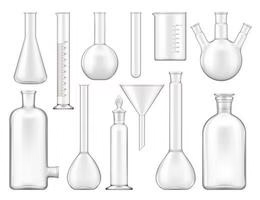
Introduction Medical microbiology is a branch of microbiology that studies microorganisms (such as bacteria, viruses, fungi, and parasites) that cause human diseases. It focuses on understanding these pathogens, their life Read More …
Simplifying Allied Health Learning.

Introduction Medical microbiology is a branch of microbiology that studies microorganisms (such as bacteria, viruses, fungi, and parasites) that cause human diseases. It focuses on understanding these pathogens, their life Read More …

Introduction The Widal test is a serological diagnostic method widely used to identify typhoid and paratyphoid fevers, collectively known as enteric fever. The bacteria Salmonella typhi and Salmonella paratyphi cause these diseases. The Read More …

Introduction Inheritance of Blood Group System is determined by the presence or absence of specific antigens on the surface of red blood cells (RBCs). These antigens are genetically inherited from our Read More …

Introduction Blood banking glassware plays an important role in various stages, such as collection, processing, testing, and storage of blood and its components. Although plastic disposables have largely replaced many glass items (such Read More …

Introduction The ABO blood group system is the most important classification used for blood transfusions, categorizing human blood into four main types: A, B, AB, and O. This classification is Read More …